Looking to Gain Confidence as a Solo Bikepacker? Start With The C&O Canal and GAP Trail.
As a 24-year-old woman who desires adventure in the outdoors, I've learned that if I want to live my dream life, I'm going to have to do a lot of things alone. People often ask me how I gain the confidence to bikepack and tour alone for months on end. For me, it hasn't been so much about getting confidence, but rather, fearing a life of regret.
If there is something that I want to do, why shouldn't I do it? Why should I have to live a life governed by fear when I could go out and make memories I'll have for the rest of my life?
I tend to be the oddball of my friends. I go to parties alone. I live alone. I fly to new countries alone. I go biking hundreds of miles alone. I move apartments alone. In many ways, my upbringing forced me to be overly comfortable and confident being alone.
I don't always want to do things alone, but sometimes that's the only option. If you live your life constantly waiting for a friend or partner to do the things with you, you could end up waiting forever.
Looking to Bikepack Alone? Start Small.
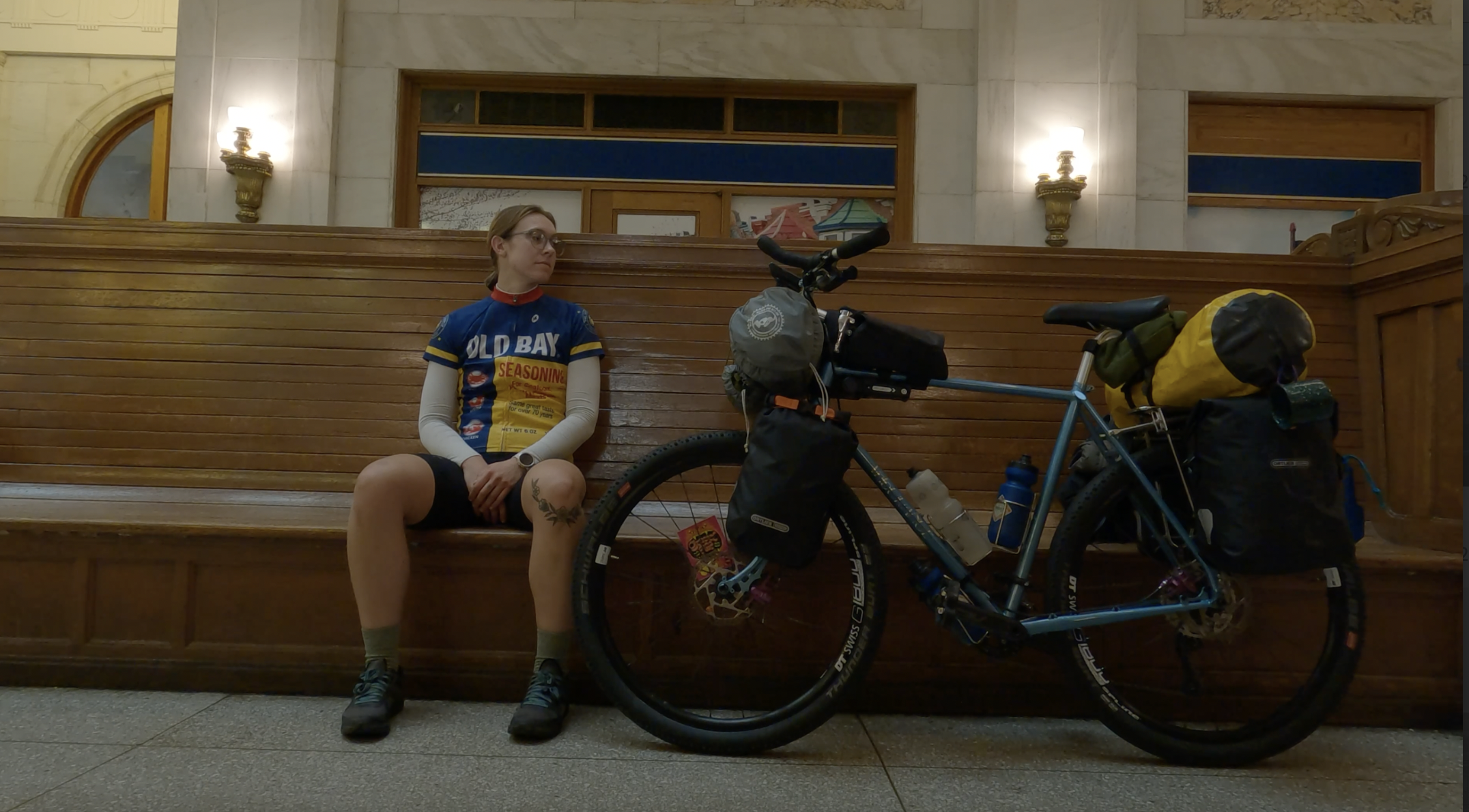
Once you start completing smaller solo trips and challenges, you'll realize how capable you are. At 22 I spent four-and-a-half months biking across Europe alone, but I didn't start with a trip that long. It started with two overnight bikepacking trips with college friends, advice and skills learned from bike co-op friends, group camping trips, and then six weeks spent bikepacking from Atlanta to Baltimore.
Just starting out? If you're a woman or female-presenting cyclist looking to build confidence for longer solo bikepacking journeys, I would highly recommend starting with the C&O Canal and GAP Trail.
Why the C&O Canal and GAP Trail is Great for Beginner Cyclists
The C&O Canal and GAP Trail is a wonderful option for beginner cyclists/bikepackers of all genders and identities. The terrain is easy with “champagne gravel” and you'll be away from cars until the last 20-ish miles of the GAP Trail. You'll be near towns where you can go to ask for help and restock food, and there is plentiful water, bathrooms, picnic tables, and bike shops along the trails. Plus, there are other cyclists who are eager to help a fellow cyclist out.
The entire route is gorgeous, with plenty of sights to appreciate. If you’ve planned to go camping, but decided at the last minute that you wanted to be indoors, there are hostels, bed-and-breakfast options, and hotels along the way. All things considered, this trip is luxurious compared to tougher, more remote bikepacking trips.
Safety Tips for Bikepacking Alone

I largely felt safe cycling alone on the C&O Canal and GAP Trail. The only times I ever felt hesitant was when I was camping alone at a hiker-biker campground, worried that someone might try to steal my gear in the middle of the night. Of course, not everyone is going to feel the same level of safety that I felt for a variety of reasons, including race, gender identity, and prior traumas, so take this advice as a starting point and shape it to your own identity and experience.
Here are some of the things that I do to stay and feel safe while camping and bikepacking alone.
- Program your smartphone to contact your emergency contacts if you make an SOS call. (For iPhones, this means holding down the volume and power buttons).
- Keep a pocket knife nearby when you're sleeping.
- Send your friends or family members your location before/when set up camp for the night.
- When other people on the trail ask you how far you plan on cycling that day (it’s a common question), be vague.
- Trust your gut. If someone is making you feel unsafe, leave or seek help.
- Use a carabiner on your zippers to lock your tent shut.
- Keep your battery packs and phone charged at all times.
What to Know Before You Go
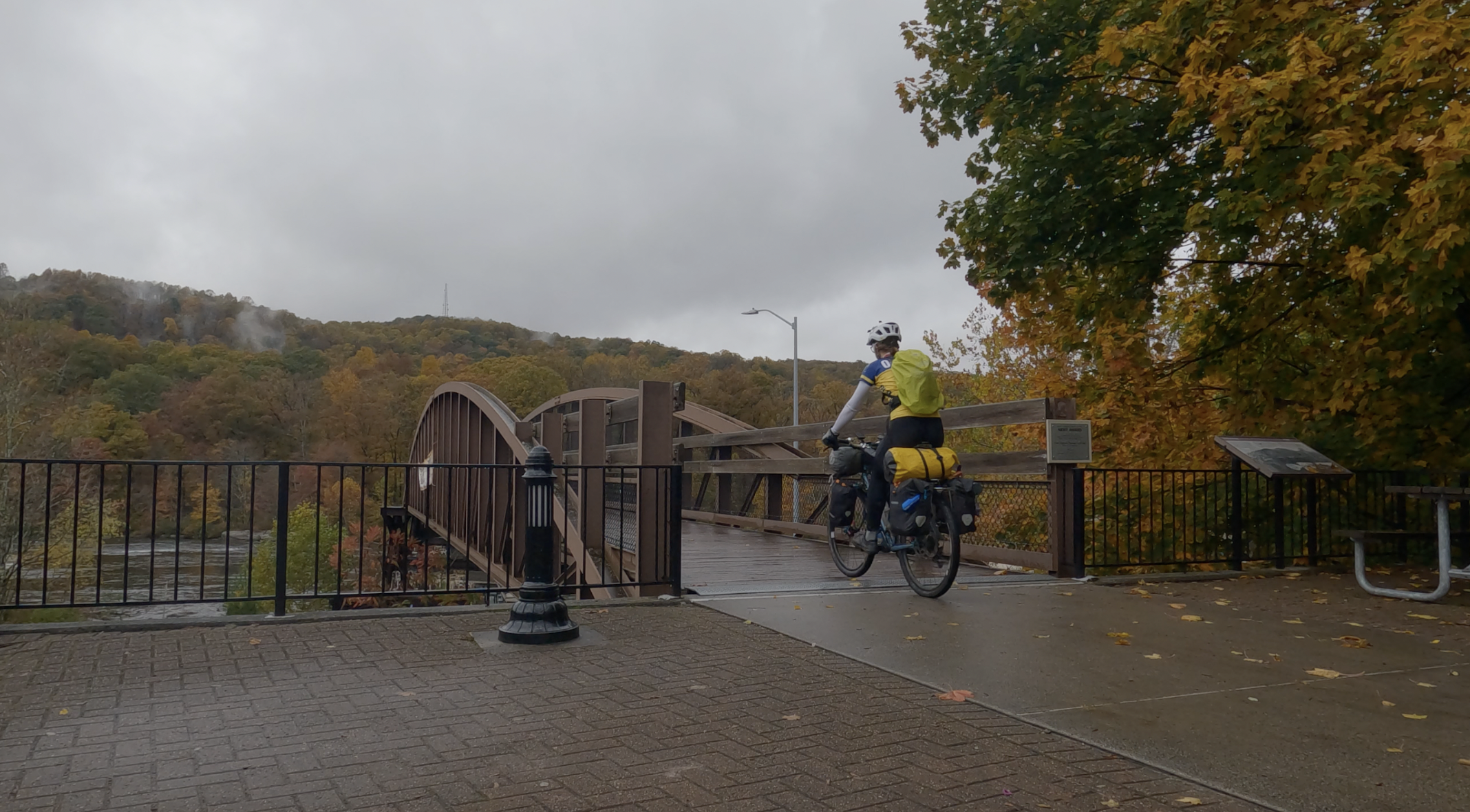
The C&O Canal is 184.5 miles and the GAP Trail is 148.5 (totaling 333 miles). It is mostly flat, straight, and car free.
There are towns to restock food, fuel, and water all along the trail. You can use the NPS app or physically printed maps (get one at a bike shop/informational stop) to know what mile markers to stop at.
This route has some of the smoothest gravel roads you’ll ever encounter. There may be some potholes and bumpy sections under the Paw Paw tunnel, but most bikes will be fine.
At some points you will be in dead zones with limited service (most likely on the GAP trail). This is when physical maps are helpful.
Know basic bike maintenance, and the most important thing is knowing how to change a flat tire. Keep a patch kit, Co2, a mini pump, spare tire, multi tool, and tire levers on you.
There is non-potable water for most of the C&O Canal, and a mix of potable and non-potable water on the GAP Trail. Bring a water filter or plan to restock in towns.
Repeat My Ride: Seven-Day Itinerary

I’ve changed this trip somewhat to make it easier to replicate. Every campground included here is a free campground — this itinerary is for those who want to save money and be outside! I’ve also included a few alternatives for cyclists who don’t mind paying for a campground or hotel here or there.
Day 1: (Starting from Baltimore)
Take the Marc Train from Baltimore Penn Station to Washington D.C. Union Station (bikes are free!). Bike from Union Station to the trailhead in Georgetown (3.5 miles). Camp at the free hiker-biker campground Indian Flats (or Calico Rocks) between mile markers 40-50. Campground is first come first serve, has non-potable water, picnic tables, a porta potty, grill/fire pit.
Alternatively, get a hotel in Brunswick/Harpers Ferry.
Day 2:
Leave camp and visit Brunswick or Harpers Ferry for food and exploration (buy camp fuel at a local bike shop). Camp at a hiker-biker campground anywhere between mile markers 70-80 (Antietam Creek, Killiansburg Cave, or Horseshoe Bend). Campground is first come first serve, has non-potable water, picnic tables, a porta potty, and a grill/fire pit.

Day 3:
Camp at a hiker-biker campground anywhere between mile markers 120-130 (Little Pool, White Rock, Leopards Mill). Go to Hancock to restock on food. Campground is first come first serve, has non-potable water, picnic tables, a porta potty, and grill/fire pit.
Day 4:
Camp at a hiker-biker campground anywhere between mile markers 170-180 (Irons Mountain, Evitts Creek). Campground is first come first serve, has non-potable water, picnic tables, a porta potty, and grill/fire pit.
Alternatively, get a hotel in Cumberland, add a rest day, and explore the city the next day.
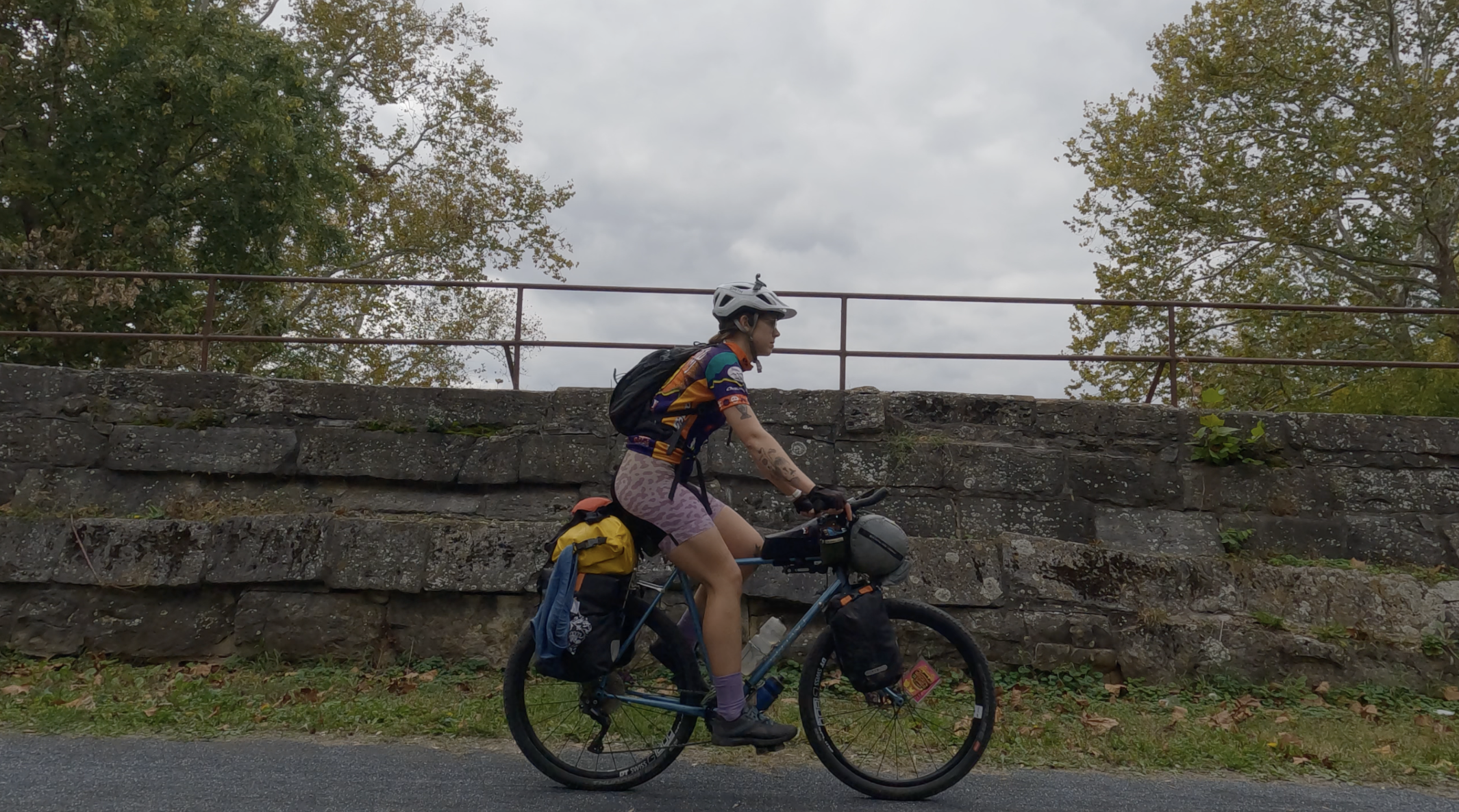
Day 5:
Camp at a hiker-biker campground in Connellsville — mile marker 89.4 on the second trail of this route. Campground has two grills, Adirondack shelters, a pair of picnic tables, a water fountain, and a composting toilet. There are no open campfires allowed. Yes, this is going to be a long day of biking (oh, the things we do to save money).
If you don’t want to bike 90+ miles in a day just to save money, check out the commercial/public campgrounds at mile marker 32 (Maple Festival Park) or 61.4 (Paddler’s Lane/Youghiogheny Dam Outflow).
You can also stay at the Hostel on Main in Rockwood for $38/night.
Day 6:
Camp at a hiker-biker campground Dravo at mile 122.6. This is the last free campground until Pittsburgh. Campground has picnic tables, Adirondack shelters, a pair of composting toilets, potable water, and three fire rings with firewood available.
Day 7: Arrive in Pittsburgh!
Stay wherever you please! For the frugal traveler, find a host on Warmshowers to stay with for 1-2 nights.
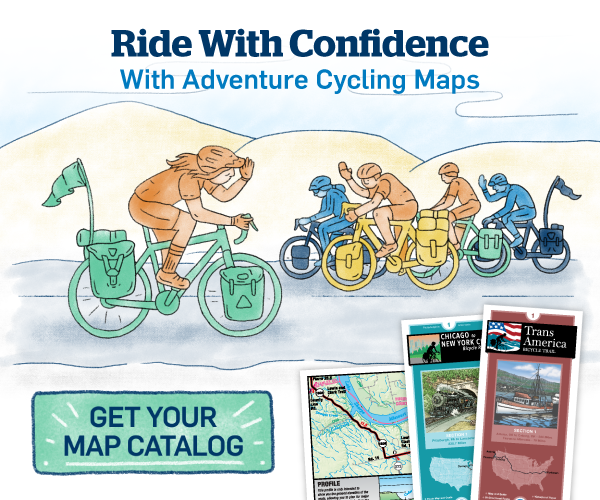
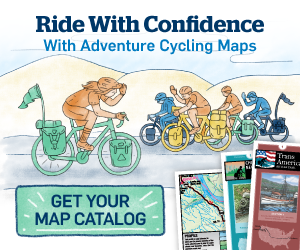
Comments
Forgot Password?
Enter your email address and we'll send you an email that will allow you to reset it. If you no longer have access to the email address call our memberships department at (800) 755-2453 or email us at memberships@adventurecycling.org.
Not Registered? Create Account Now.